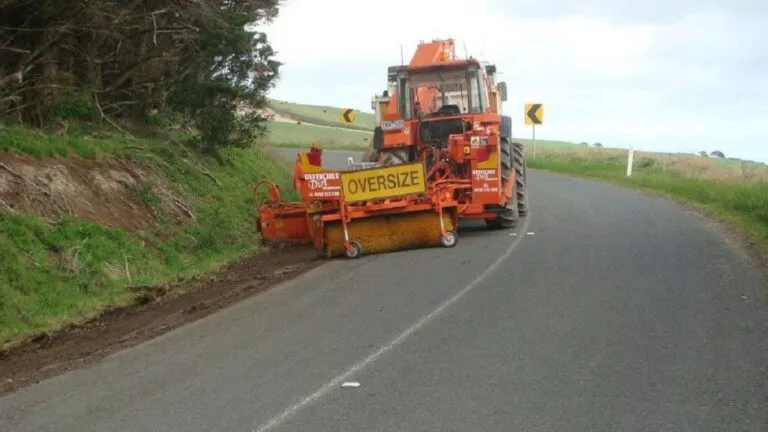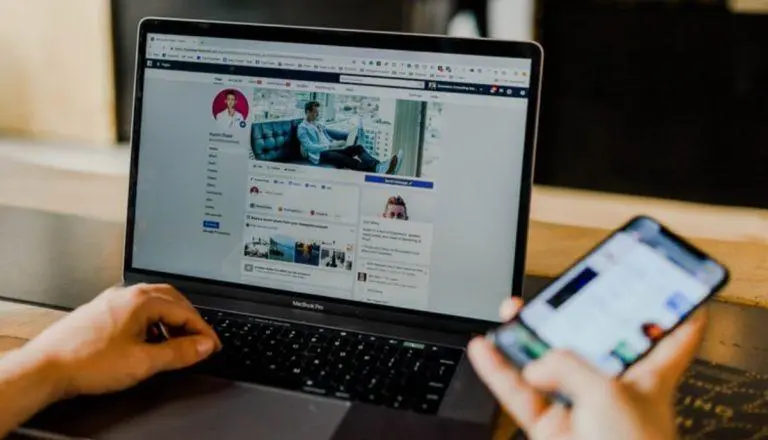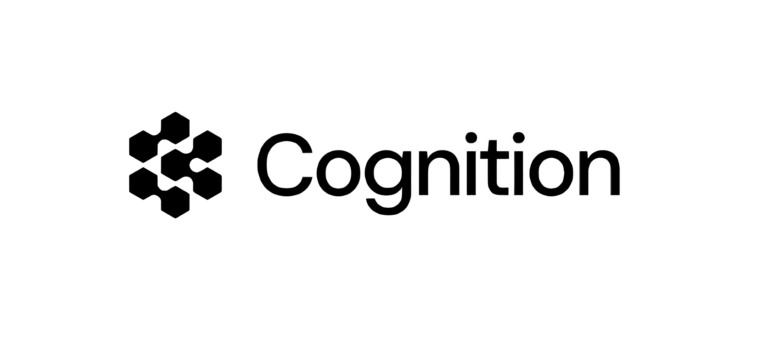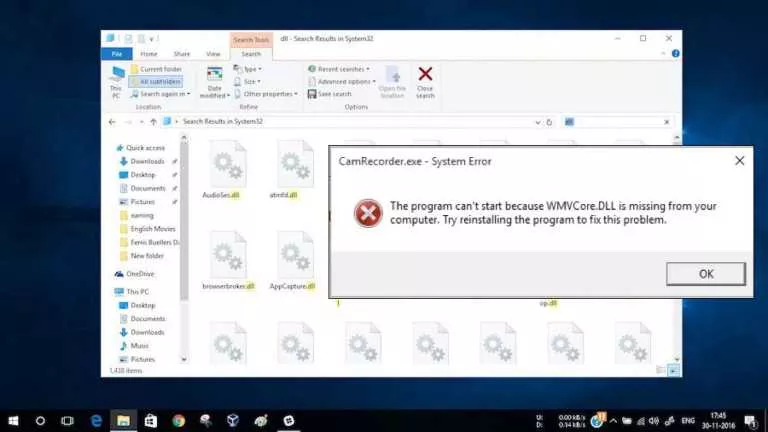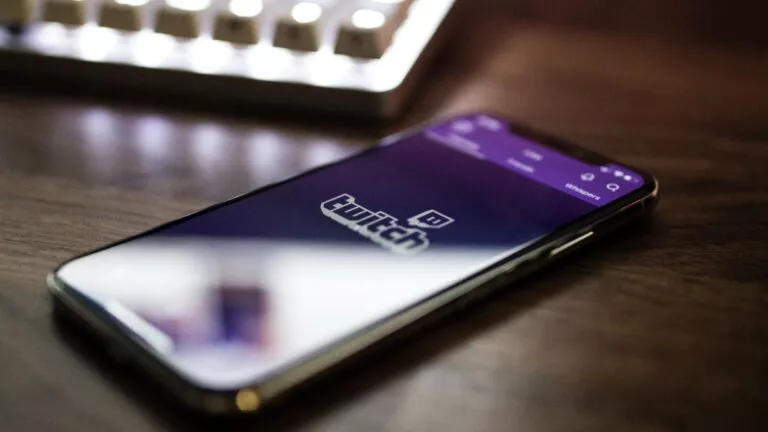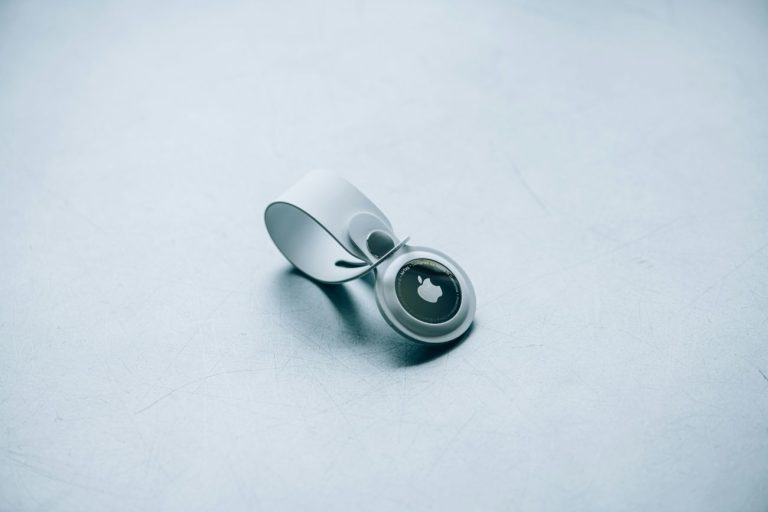Dislike Button Dilemma: Do You Really Want The Dislike Button?
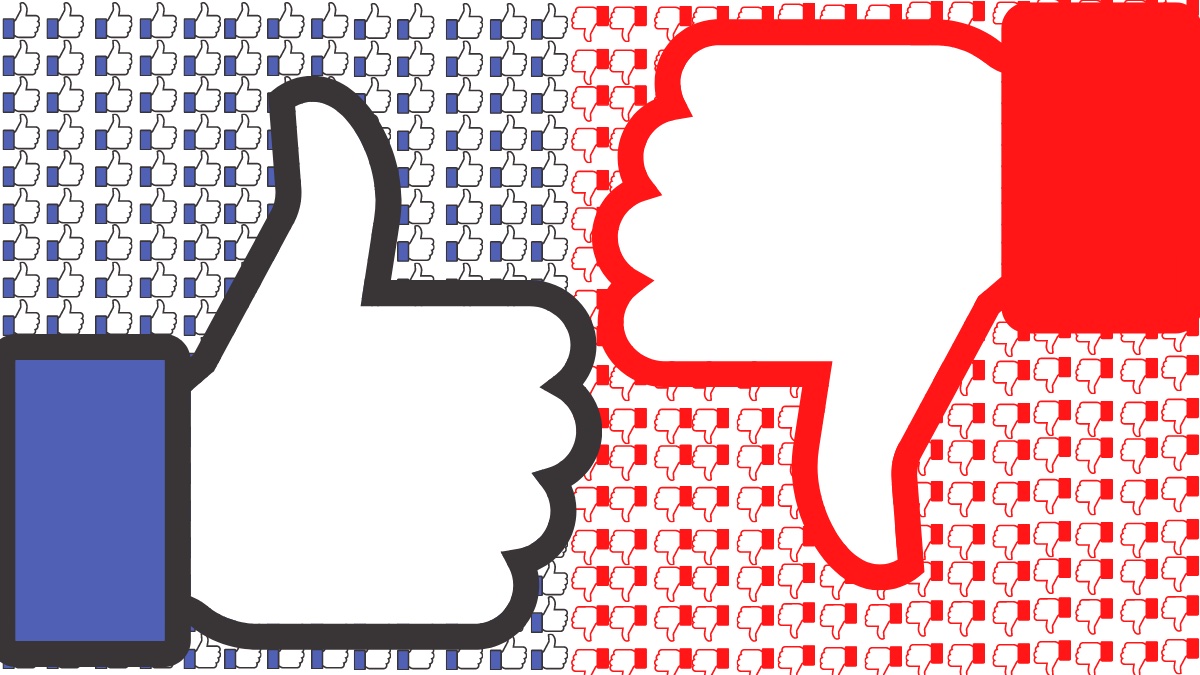
TL;DR The dislike button has been there on various platforms like YouTube, 9Gag, and Reddit for a long time. However, bringing it to mainstream social media like Twitter, Facebook, and Instagram could create problems like targeted dislike campaigns, raids, and introduce new ways of bullying. We can get the button with some terms and conditions attached to it. It should only be for users above 18 years of age; could be introduced as a ‘disagree’ button for politically active accounts, or crossed off altogether.
Between liking and sharing posts on Instagram and Twitter, I came across multiple posts I just simply disagreed with. Call it the algorithm’s fault or my own human tendency, but I couldn’t just scroll past it. I could not look past the casual ignorance brewing misinformation right in front of my eyes. So what do I do? Do I comment on it and tell the person that it is misinformation? They’d simply delete the comment before anyone sees it.
Do I report this thing? How many tweets can a person report in one day before they lose it? Then I sit back and wonder, what if there was another way… What if, Instagram and Twitter had a Dislike button? If that sounds too harsh, then let’s call it a ‘Downvote button.’ It won’t be a novel concept, since the downvote button has been there on forums like Reddit and Quora. It is popular on platforms like 9Gag as well.
On these platforms, the downvote button makes people think twice before posting in the wrong section, with the wrong tags, or post repeated or copied information. These strict parameters of posting result in users being more mindful of what they post on these platforms. So why shouldn’t mainstream social media opt-in for the Dislike or Downvote button? If you see a Twitter post that you don’t like, you should be able to tell the tweeting party about it.
If only it were all that simple. Adding a dislike button on Facebook, Instagram and Twitter can have its own set of problems. It could lead to more negativity online, or even lead to coordinated bullying or raids. Something similar is already happening on Twitch, which is why users were trending #TwitchDoBetter on Twitter. While it’s not exactly about a button, raids and coordinated harassment already exist, and a dislike button might just amplify it.
Give Us The Damn Dislike Button!
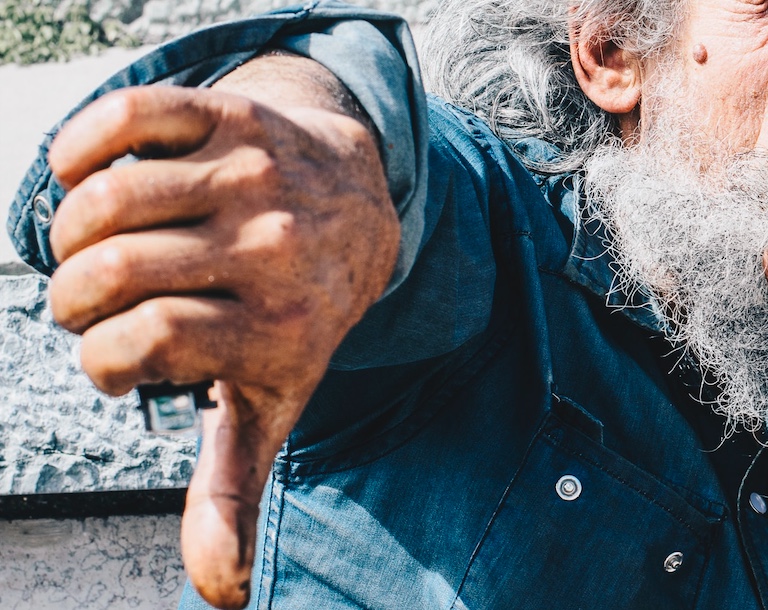
This sub-heading is a popular reaction you’ll see when you talk about it with the people around you. When I talked with friends and family, their opinion was based on the content they watch. My father, a politically active person, began as a strong advocate of the button. Considering the political content we have online, a dislike button would make it convenient.
A brought transcription of his statement in Hindi would be “We comment on things, but nobody cares about a political comment.” So giving a dislike button would make it easier to express disagreement, and be heard.
Then my mother joined the talk and added that “People think before commenting. They fear to who they may express their disagreement. A dislike button would give a voice to disagreement without being impolite.”
One friend who refused to be named talked about the Indian Prime Minister’s Twitter account having a ton of criticizing comments. Another friend talked on the matter and said, “Posts of Indian politicians and bureaucrats have a lot of criticism in comments. If there was a dislike button, they will delete their posts just to save face.” Before this goes political, I request you to do the digging, like I did, and find out yourself.
This isn’t just a trend in India. I spotted a similar pattern going across the board. Donald Trump had a similar feed, where there were a number of likes and layers of disagreeing comments on every post. Also, it isn’t just politicians, but journalists, celebrities, and basically anyone with a significant follower base.
A negative comment is an expression of disagreement. It may be impolite but it is explanatory. A dislike button, on the other hand, might take the discussion out of things. Speaking of the downsides…
There Shouldn’t Be A Dislike Button!
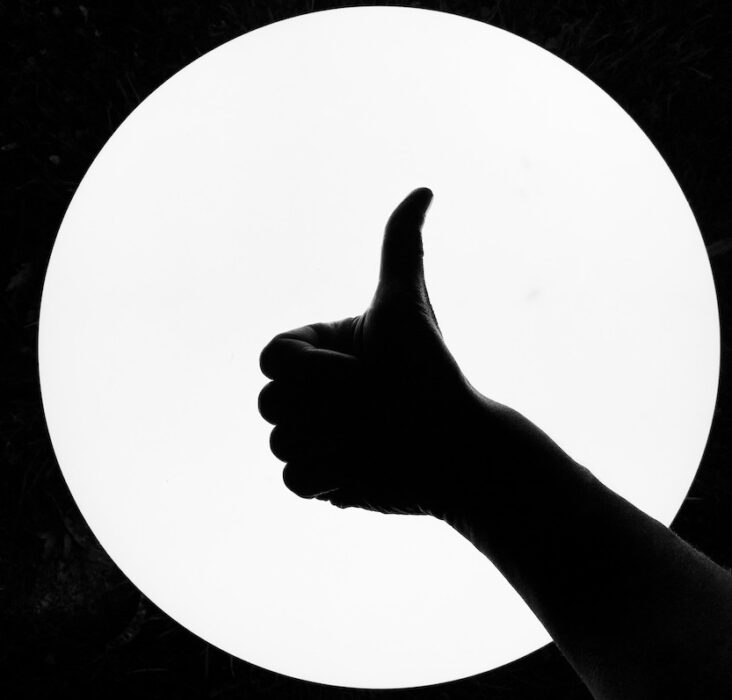
Like any healthy discussion, there are two sides to this one as well. While the dislike button will make it easier to convey disapproval, it will make it easier to do a lot of other things. For instance, we use the like button to show acknowledgment at times, or maybe to just increase the reach of a post. It has several uses, despite being just a like button.
Same way, a dislike button won’t just be there to express a disagreement. It can lead to bullying, coordinated harassment. Take an example here. You’re at your convocation, holding your degree, wearing a hat and cape, and you upload it to your Facebook account. There are 50 likes from the people you know, and then there’s one ‘sad’ reaction, that too from someone you know. That one sad reaction is going to somewhat foil those 50 likes for you.
Why is it so? Because we are susceptible to negative bias. Research says that we’re three times more likely to click on negative information on social media. Same way, we’re more likely to remember and be affected by the negativity we face online. So the 50:1 like-dislike ratio is enough to foil the day for the average joe.
When I shared these numbers with my family, both my parents just gave a slight smile and said “there shouldn’t be a dislike button.” The friends I talked to also pointed out how their young nephews and nieces get into Instagram arguments over their favorite K-pop bands, causing severe ‘burns’ to each other.
Consider a child posting a comment online and getting roasted over it by people hitting the dislike button like a game of whack-a-mole.
Comments can also be used like this, and with more brutality, but social media companies are already working on sensitizing platforms for younger users. So as we try to control the comment-roast brigade, do we really need a Dislike-squad at hand?
Proof of the Thumbs down button’s damage can be seen on YouTube. In March, the platform ran an experiment to hide the number of dislikes from public view. This was done to discourage the targeted dislike campaigns that can undermine a video. So a platform that has had this button for as long as we can remember is trying to make it less effective. That speaks volumes about how this button has affected people.
Isn’t There An Ideal Dislike Button?
Why not? There are ways we can incorporate a dislike button. One suggestion is to keep it for users above a certain age. Another way is the inclusion of a downvote or ‘disagree’ button on posts that are political or debatable in nature. Another option is to leave it to the OPs to decide whether they want a dislike button on their posts or not.
However, in any scenario, we’ll have to limit its ability to create more negativity on social media. I’ve written in detail about what is happening to social media, where I talked about the echo chambers taking over despite being wrong in certain situations. The inclusion of a dislike button, in any case, ends up accelerating the pace at which it happens.
So the bigger question isn’t having a dislike button or doing it right. The question is about the need for a button that can show disagreement without a counter-argument. Agreement is usually the end of a conversation, but disagreement, or even partial agreement sparks debate. On social media too, this debate remains above because there is no dislike button.
Of course, we have more or less civil ways of presenting a counter-argument online. Some even resort to trolling or harassment when they don’t agree with something. But this disagreement is there for the people as well the content creators to see. Comments allow this discussion, and a dislike button will accelerate the pace, but with some repercussions of its own.
So, after knowing this, do you really want the dislike button? Let us know in the comments.

